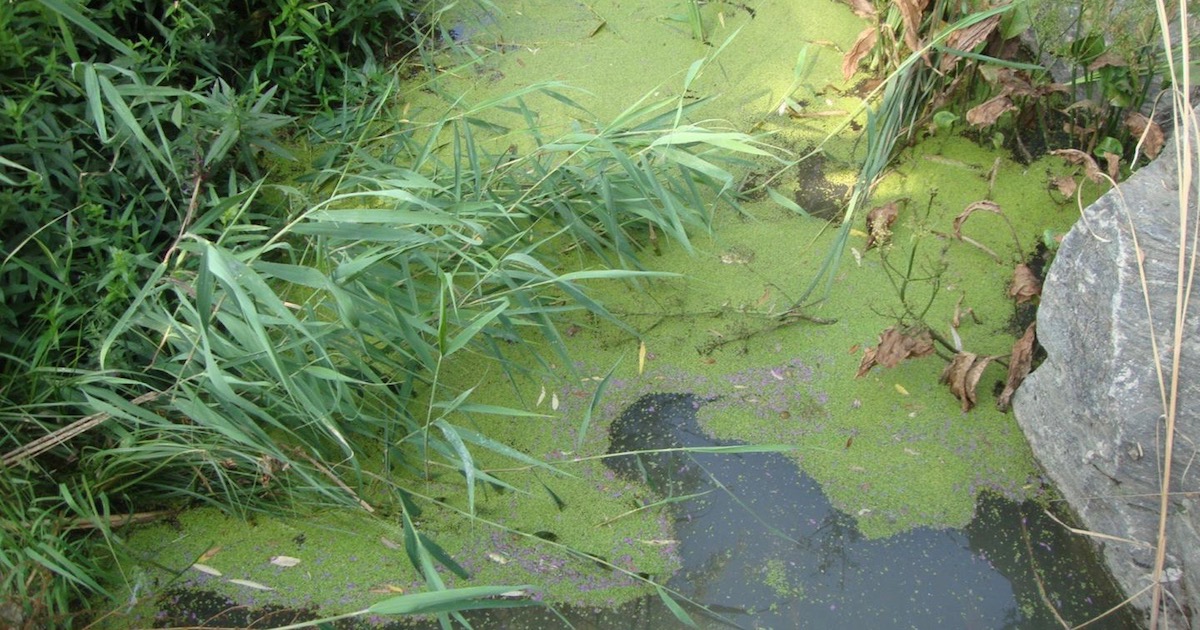 Intelligent Design
Intelligent Design
Clever Designs in Nature Worth Imitating


Scientists wouldn’t seek to imitate bad designs. Would the study of nature inspire building a better junkyard? The old habits of some Darwinians to criticize nature’s designs (dysteleology), or to dismiss noncoding portions of the genome (“junk DNA”) or to find useless leftovers of evolution (vestigial organs), are countermanded by numerous instances of productive research inspired by the recognition of superior designs found all over the living world.
Sharpshooting Shrimp
A shrimp can close its claw so fast it creates plasma. Elastic energy stored in the cocked claw mechanism, when released, generates a cavitation bubble that shoots outward, stunning its prey. These vacuum bubbles collapse with incredible energy. At large scales, cavitation can destroy rock and steel. Scientists interested in underwater plasma are intrigued, because plasma can sterilize water as well as drill through bedrock with targeted precision.
When the snapping shrimp — also known as the pistol shrimp — snaps its claw, it shoots out a jet of water fast enough to generate a bubble which, when it collapses, creates a loud noise and emits light. The high pressures and temperatures produced in this process lead to plasma formation. [Emphasis added.]
No kidding about high temperatures; the plasma can exceed 3,000 degrees Fahrenheit! Watch the video clip from Texas A&M University that shows how the shrimp claw works, and how David Staak’s team imitated it with a working model. Results were impressive:
The bio-inspired mechanical design allowed us to carry out repetitive and consistent experiments on the plasma generation and indicate a significant increase in conversion efficiency compared to sonic, laser and electric induced cavitation.
Their paper, “Bioinspired mechanical device generates plasma in water via cavitation,” is published in the open-access journal Science Advances. It begins, “Nature can generate plasma in liquids more efficiently than human-designed devices using electricity, acoustics, or light.” Staak envisions many applications from this NSF-funded research, from reducing drag on boats to upgrading oil, breaking up kidney stones, sterilizing water, and drilling through solid rock.
Shiny Fish
Iridescent scales on the common aquarium fish “neon tetra” have inspired new color-changing devices, reports Chemical & Engineering News (C&EN). This story illustrates how biomimetics projects promote good empirical science. To imitate the neon tetra’s ability to change colors, researchers had to first investigate the mechanism.
“We were inspired by the neon tetra,” says Chih-Hao Chang, a mechanical engineer at North Carolina State University. The colorful fish (Paracheirodon innesi) produces iridescence through light bouncing off stacks of tiny guanine platelets in its scales. By tilting the platelets, the fish can change the spacing between them and therefore the wavelength they reflect. Chang calls this a “Venetian blind mechanism,” in which slats stay the same distance apart but rotate to open or close the gaps between them.
Once they understood the mechanism, they were able to reproduce the effect with stacks of polymers separated by microscopic columns that can be tilted by magnetic fields to change the spacing between the plates. This method builds on investigations into structural colors made by another inspirational animal, the chameleon:
The Venetian blind approach is different from an accordion-style method that chameleons use to change color and that researchers have replicated in photonic crystals, materials designed with periodically spaced nanostructures that interact with light. In that method, stretching or compressing the material increases or decreases the spacing between nanostructures, changing the reflectance characteristics. With that approach, though, the structures have to be smaller than the wavelengths of light, which means less than 400 to 700 nm for visible light. The iron oxide columns in Chang’s system can be much larger, and therefore should be easier to make.
What’s this all good for? “The technology might one day provide soldiers with camouflage or form the basis of a new type of display screen,” the researchers say.
Purification Plant
Duckweed. It looks like a nuisance, forming mats on pond water. Actually, that common plant has a couple of amazing properties. For one, it has a very low diversity, a surprise to investigators at the University of Münster:
They discovered that genetic diversity, i.e. the total number of genetic characteristics that are different among individuals, is very low. “This is remarkable given that their population size is very large — there can, for example, be millions of individuals in a single pond”, says Shuqing Xu, professor for plant evolutionary ecology at the University of Münster and lead author of the study.
How can this be? The low diversity is caused by “an extremely low mutation rate.” The finding warns biologists not to assume every organism mutates the same way:
“Our study emphasizes that accurate estimates of mutation rates are important for explaining patterns of genetic diversity among species”, says Meret Huber. The results are not only relevant for future studies on the evolution of plants, including many crops that have similar reproductive strategies like duckweeds, they will also accelerate the use of duckweeds both for basic research and industrial applications.
That leads to the second amazing property, the ability of duckweed to purify water. “The tiny and fast-growing plants are of great interest to researchers, and not at least because of their industrial applications — for example, to purify wastewater or generate energy.”
Hormone Triggers
Molecules that trigger changes within an organism are called hormones. They provide examples of informational codes in organisms, because they “mean” nothing intrinsically, unless a receptor is present that understands the code and knows what to do about it. Male and female hormones trigger very different responses, says Tokyo Institute of Technology, but the receptors have to be ultra-precise to detect the exceptionally slight differences in hormone binding sites. To distinguish male hormones, the research team first had to understand the structural nature of the binding pockets, then work very hard to copy the design.
Chemists at Tokyo Tech’s Laboratory for Chemistry and Life Science have designed and developed a capsule-shaped synthetic receptor that can distinguish between male and female steroid hormones. Namely, the receptor displays unusual high binding affinity toward androgenic male hormones in water.
Published today in Science Advances, their achievement is a prime example of biomimetic design — the creation of systems that mimic ideas from nature. “Natural biological receptors can recognize tiny structural differences between male and female steroid hormones using their protein pockets,” the authors say. “However, it has been challenging to emulate this function artificially until now.”
How will this knowledge and application help the man on the street? “We envision that our synthetic receptor will be used for the development of practical, ultrasensitive analytical devices for steroid sex hormones, ranging from medical tools to doping controls in sports, in the near future,” the researchers say.
Summary
Biomimetics promotes all that’s good about science: inspiration, understanding, and application. These and many other examples from international labs — often funded by the government — show that the living world offers a treasure trove of opportunities to learn and profit from good design ideas. Evolutionists may try to claim that shrimp, fish, duckweed, and hormones became optimized by millions of years of blind chance, but such speculations are superfluous. The smart money is on design. If it takes intelligent design to understand and mimic a shrimp claw, or a fish’s iridescent scales, then we recognize the activity of superior intelligence when we see it around us and try to copy it.
Photo: Duckweed, by Klaus J. Appenroth, via EurekAlert!
